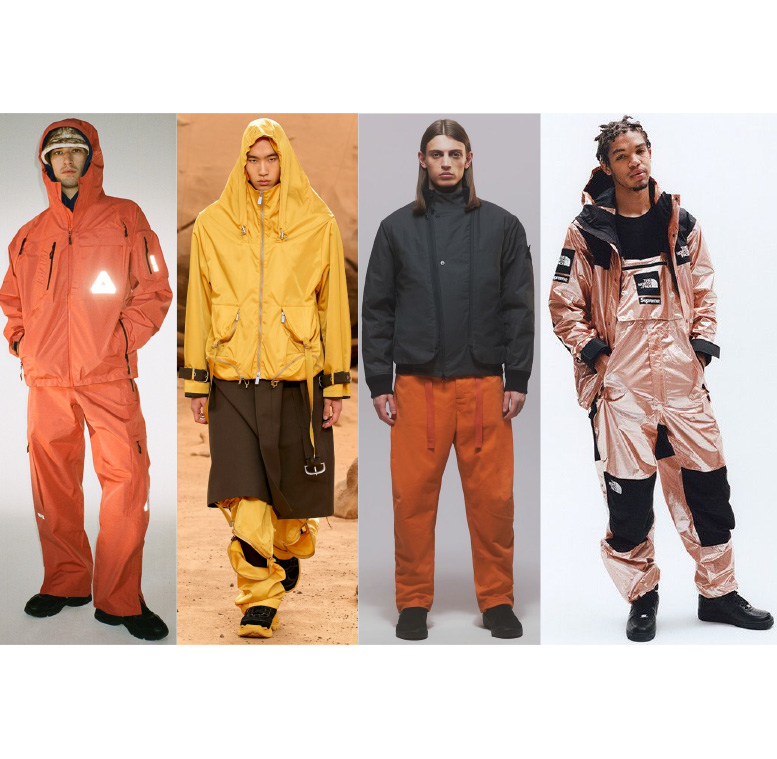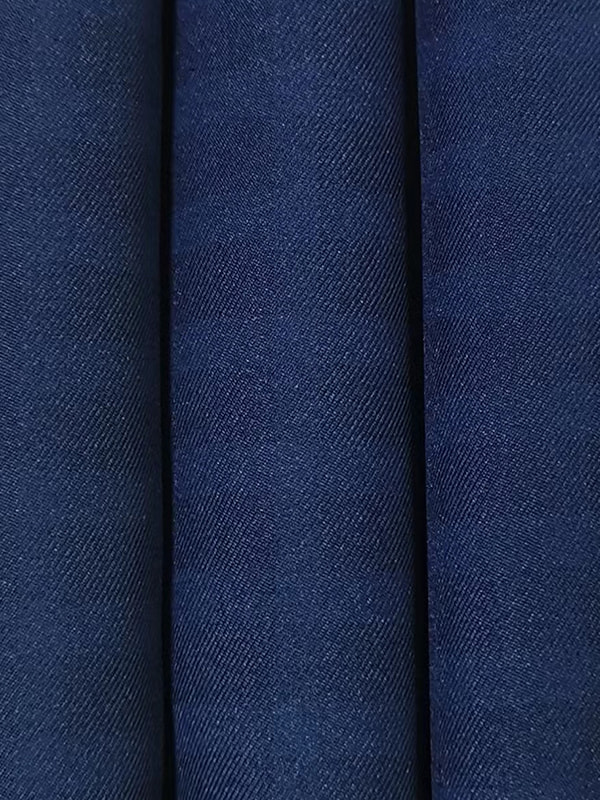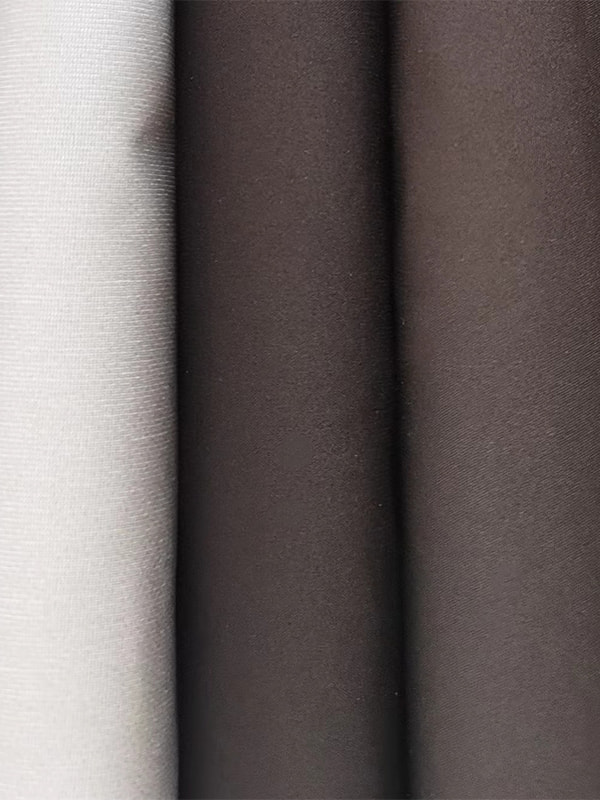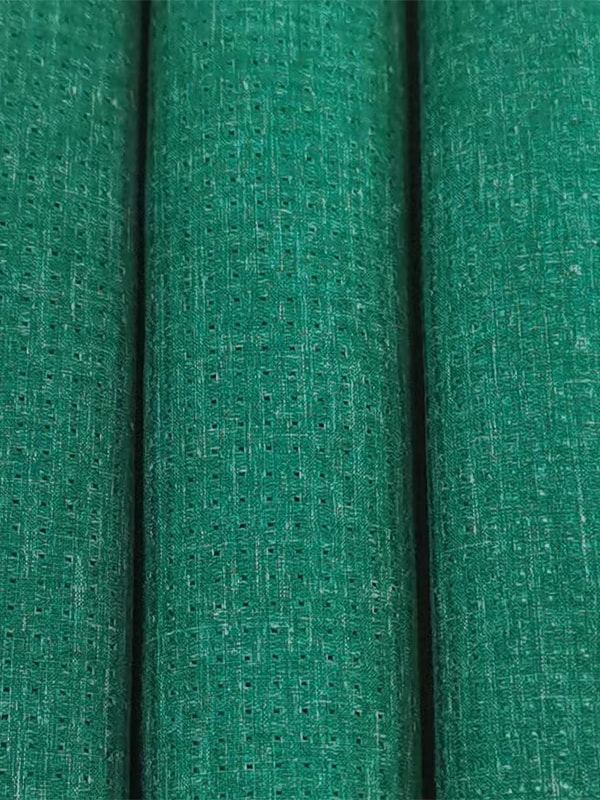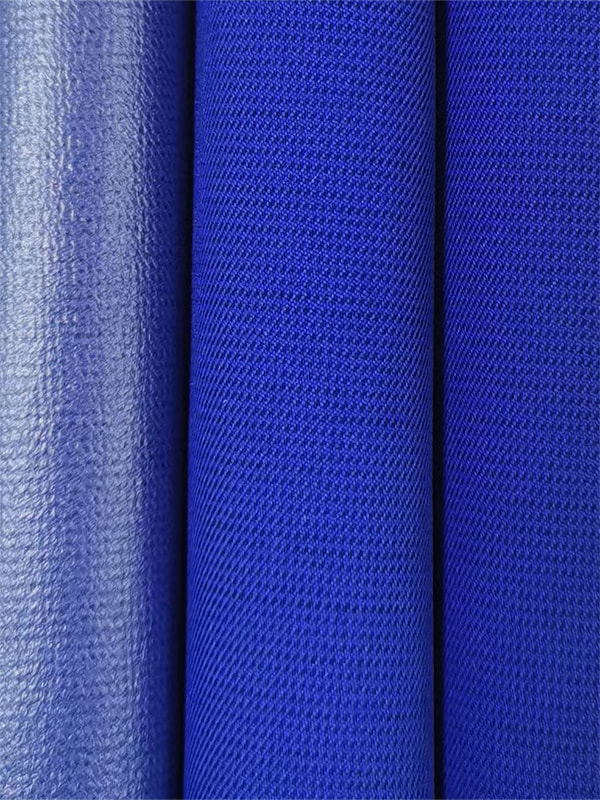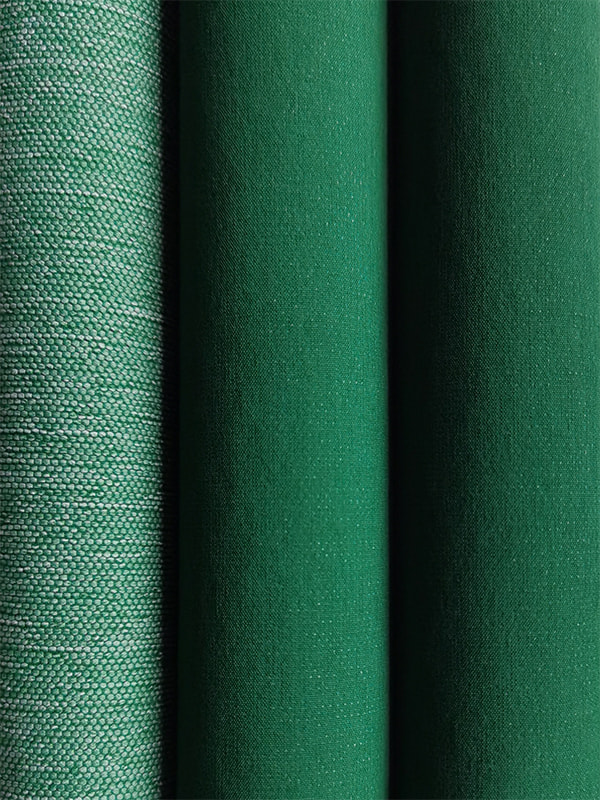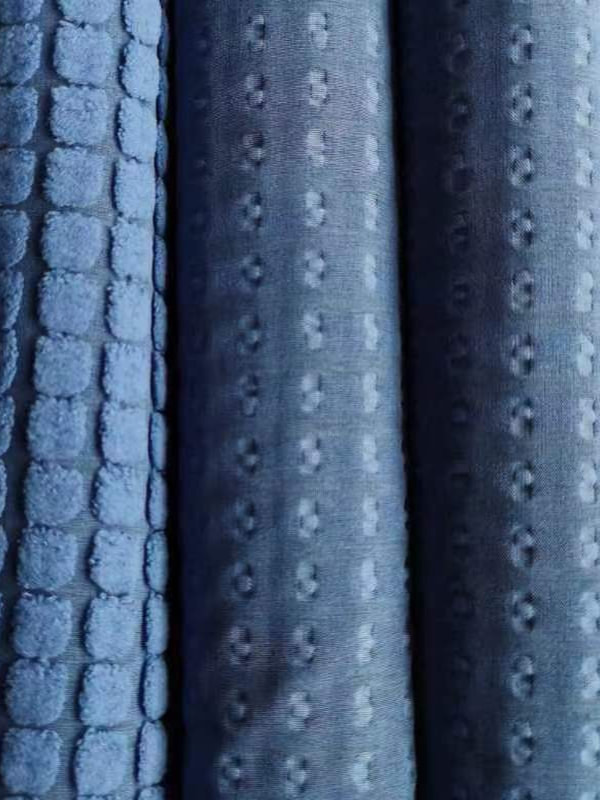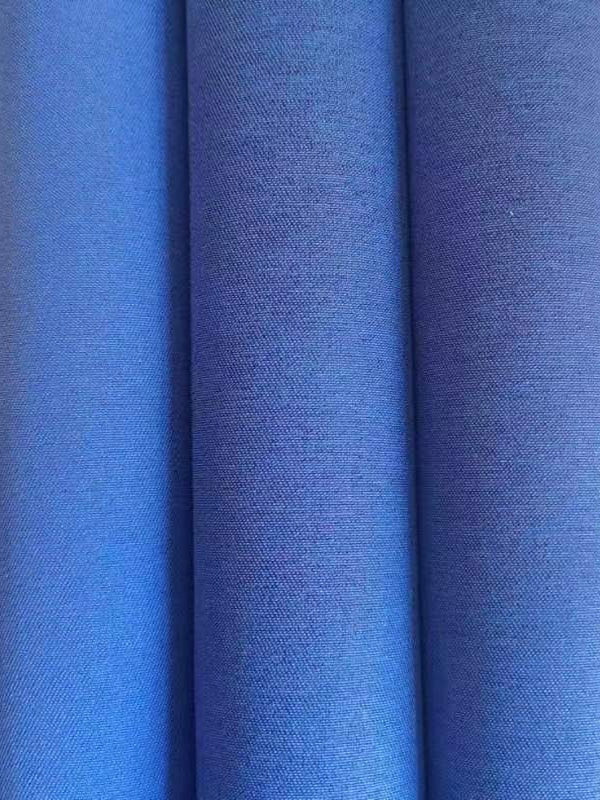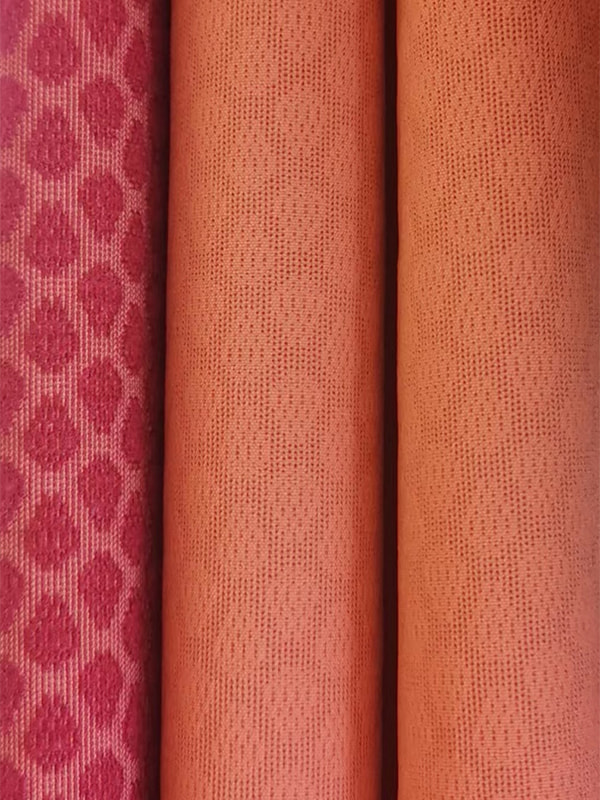Beyond Single Layer: How Double Woven Fabric Redefines Functional Textiles and Fashion Design
2025-09-30
The textile industry is in a constant state of evolution, driven by demands for higher performance, greater sustainability, and innovative aesthetics. At the forefront of this revolution is a sophisticated material known as double woven fabric. Unlike traditional single-layer weaves, this ingenious construction method involves interlacing two distinct sets of warp and weft yarns to create a single, integrated fabric with two connected layers. This process unlocks a world of possibilities, offering unparalleled versatility that is redefining applications from technical gear to high fashion. This article delves deep into the world of double woven fabric, exploring its unique properties, manufacturing nuances, and its transformative impact across multiple industries. We will uncover how this technology answers the growing call for multifunctional, durable, and eco-conscious materials.
What is Double Woven Fabric? Demystifying the Structure
At its core, double woven fabric is a complex textile structure characterized by its two separate layers of cloth that are interconnected during the weaving process itself. Imagine creating two distinct fabrics simultaneously on the same loom, with threads periodically swapping between the top and bottom layers to bind them together into a cohesive, stable unit. This integrated construction is what sets it apart from simply laminating two separate fabrics together later. The weaving process allows for immense design flexibility; the two layers can be identical for added thickness, or they can be completely different in terms of fiber content, color, pattern, and texture. This capability to engineer each layer independently for a specific purpose—such as a soft, moisture-wicking interior and a rugged, weather-resistant exterior—is the true genius behind double woven fabric, making it a powerhouse for functional textile applications.
- Integrated Construction: The two layers are woven as one, eliminating delamination issues common in bonded fabrics.
- Design Flexibility: Independent control over each layer's yarn type, color, and pattern allows for limitless creative and functional combinations.
- Inherent Stability: The binding points between layers provide natural stability and structure, often reducing the need for additional chemical finishes.
The Unmatched Advantages of Double Weave Technology
The unique structure of double weave fabric bestows upon it a set of superior properties that are difficult to achieve with single-layer alternatives. These advantages are the primary reason for its growing popularity in demanding sectors. Firstly, its exceptional thermal insulation properties are a direct result of the air pocket trapped between the two woven layers. This still air layer acts as a superb insulator, making it ideal for cold weather apparel without the bulk of multiple separate garments. Secondly, the fabric's inherent durability and strength are significantly enhanced. The double-layer system distributes stress and resists abrasion from both sides, dramatically extending the garment's lifespan. Furthermore, this construction technique is a boon for sustainability. It allows for the creation of complex, multi-material products from a single loom, reducing waste, energy consumption, and the need for post-production assembly steps, aligning perfectly with the principles of sustainable fashion.
- Enhanced Insulation: The air gap between layers provides superior warmth, perfect for jackets, blankets, and technical outdoor gear.
- Superior Durability: Resists abrasion, tearing, and punctures far better than single-layer fabrics, ideal for workwear and heavy-use items.
- Multifunctional Performance: One fabric can simultaneously provide wicking, water resistance, insulation, and comfort.
- Sustainability: Reduces material waste and energy use by creating complex structures in a single, efficient weaving process.
Comparative Analysis: Double Woven vs. Traditional Laminated Fabrics
While both methods aim to create a multifunctional material, the approach and resulting product differ significantly. Laminated fabrics involve taking two pre-woven fabrics and bonding them together using an adhesive layer (e.g., a membrane in waterproof fabrics). This process is effective but can introduce potential failure points, such as delamination, and often requires more processing steps. Double woven fabric, by contrast, is created in a single, integrated process. The binding is achieved through the interchanging of yarns, resulting in a more robust and durable connection. The following table highlights the key differences between these two construction methods.
| Aspect | Double Woven Fabric | Laminated Fabric |
| Construction | Single, integrated weaving process | Multi-step bonding of separate fabrics |
| Breathability | Often higher, as binding points are small and allow for air movement | Dependent on the adhesive/membrane; can be less breathable |
| Durability | High resistance to delamination | Prone to delamination over time or with improper care |
| Design Flexibility | Extreme - different materials/colors on each side | Limited by the pre-woven fabrics being bonded |
| Environmental Impact | Generally lower due to reduced processing and adhesives | Higher due to adhesives and multiple manufacturing stages |
Innovative Applications: From High-Tech Gear to Avant-Garde Fashion
The practical applications of double woven fabric are vast and growing, spanning the spectrum from life-saving equipment to runway statements. In the realm of functional textiles, it is the material of choice for creating high-performance technical outerwear. Brands utilize it to engineer jackets with a weather-resistant shell on one side and a soft, comfortable lining on the other, all in one piece of cloth. The automotive and furniture industries leverage it for durable, double-faced upholstery that is both aesthetically pleasing and long-lasting. Perhaps most exciting is its incursion into the world of fashion. Designers are exploiting the technique to create reversible garments, intricate jacquard patterns with hidden meanings, and textural contrasts that were previously impossible. This blurring of the lines between function and art is where double woven fabric truly shines, offering a new vocabulary for designers to express their vision.
- Reversible Garments: Coats, jackets, and even bags that offer two distinct looks or functions in one item.
- Technical Outerwear: Weatherproof, insulated, and breathable jackets for mountaineering, skiing, and exploration.
- Advanced Upholstery: Durable and stylish fabrics for car interiors, furniture, and public spaces.
- Medical Textiles: Used in specialized applications where controlled pressure, support, or insulation is required.
Spotlight on Sustainability: The Eco-Conscious Choice
In an era where the environmental footprint of the fashion industry is under intense scrutiny, double woven fabric presents a compelling sustainable alternative. Its primary ecological advantage lies in production efficiency. By constructing a complex, multi-functional fabric in one go, it eliminates numerous finishing steps such as laminating, coating, or sewing linings, which consume energy, water, and chemicals. This integrated approach also minimizes waste at the source. Furthermore, the enhanced durability of these fabrics means products last longer, reducing the frequency of replacement and the associated consumption of resources. When combined with recycled or organic yarns, double woven fabric becomes a cornerstone for sustainable fashion initiatives, proving that performance and planet-friendly practices can be seamlessly woven together.
- Resource Efficiency: Reduces the need for multiple materials and production processes.
- Waste Reduction: Minimizes cut-and-sew waste and eliminates waste from delamination.
- Longevity: Products are more durable, promoting a "buy less, buy better" philosophy.
- Material Innovation: Ideal platform for incorporating recycled polyester, organic cotton, and other sustainable fibers.
FAQ
What is the main difference between double woven fabric and interlining?
The main difference lies in integration and function. An interlining is a separate layer of fabric (often non-woven or knitted) that is sewn or fused *between* the outer shell and the lining of a garment to add warmth, stiffness, or structure. It is an additive process. Double woven fabric, however, is an *integrated* structure where two fabric layers are woven together simultaneously on the same loom. It is one single piece of cloth that inherently provides its own insulation, structure, and dual-sided functionality, eliminating the need for a separate interlining in many applications. This integration results in a lighter, less bulky, and more durable product.
Can double woven fabrics be used for summer clothing, or are they only for warmth?
This is a common misconception. While double woven fabric is excellent for insulation, its applications are not limited to warmth. The key is material selection and design. For summer clothing, designers can use lightweight, breathable, and moisture-wicking yarns like linen, cotton, or technical synthetics for both layers. The structure itself can be engineered with minimal binding points to maximize airflow between the layers, creating a fabric that promotes ventilation and cools the skin. This makes it suitable for breathable summer jackets, reversible blazers, or even garments with a sun-protective layer on one side and a decorative one on the other.
How do I care for and clean garments made from double woven fabric?
Caring for double woven fabric is generally straightforward but always depends on the specific fibers used in each layer. The integrated construction is typically robust and withstands machine washing better than laminated fabrics, which are prone to delamination. It is always best to follow the manufacturer's care label. General tips include using a gentle cycle with cold water to protect the fibers and colors, turning the garment inside out to minimize surface abrasion, and avoiding harsh bleach or fabric softeners. Tumble drying on a low heat setting or air-drying is preferred. The durable nature of the weave means it holds its shape well and is less likely to shrink or warp compared to simpler fabrics.
Is double weave fabric more expensive than regular fabric?
Yes, initially, double woven fabric is typically more expensive than standard single-layer woven fabrics. The higher cost is attributed to several factors: the complexity of the weaving process requires more advanced looms and skilled operators, the design phase is more intricate, and it often uses a greater amount of yarn. However, it's crucial to consider the value proposition and total cost of ownership. Because it combines multiple functions into a single material (e.g., eliminating the need for a separate lining and interlining), it can reduce assembly costs for manufacturers. For the end consumer, the investment is justified by superior durability, longevity, and multifunctional performance, making it a cost-effective choice over the lifespan of the product.
What does "double cloth weave pattern" mean in simple terms?
In simple terms, a "double cloth weave pattern" is the blueprint or set of instructions given to a modern loom to create a double woven fabric. It tells the machine precisely how to raise and lower the thousands of warp yarns to allow the weft yarns to pass through, specifically controlling when the yarns should form the top layer, the bottom layer, and when they should swap to bind the two layers together. Think of it like a complex musical score for the loom, ensuring that all the moving parts work in perfect harmony to create a cohesive, two-layered textile instead of two separate, tangled piles of thread. This pattern is what enables the creation of intricate designs and functional properties.
Contact Us for More Details
Don't hesitate to contact when you need us!

 English
English 中文简体
中文简体